News archive for 2016
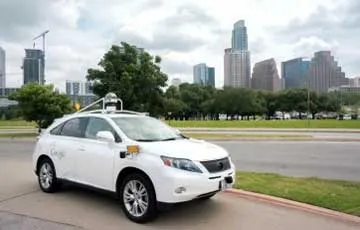
Thu, 02/25/2016 | UW Today
Driverless cars could increase reliance on roads
A CEE study predicts a 5 to 60 percent increase in car energy consumption due to people choosing to use highly automated cars in cases where they would have previously taken trains or planes.
“There is a lot of hype around self-driving cars, much of it somewhat utopian in nature. But there are likely to be positives and negatives,” said Don MacKenzie, a UW assistant professor of civil and environmental engineering who co-authored the study. “By taking a clear-eyed view, we can design and implement policies to maximize the benefits and minimize the downsides of automated vehicles.”
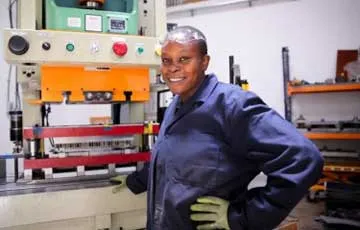
Wed, 02/24/2016 | UW Today
Clean, efficient cookstoves from UW-industry partnership to be manufactured in Kenya
An efficient and clean wood-burning cookstove developed by a local non-profit lab in close collaboration with UW mechanical engineers will reduce the amount of fuel rural families in the developing world need to collect or buy and reduce exposure to harmful particulate pollution produced by traditional cooking flames.
The new wood-burning cookstove will be manufactured in BURN Manufacturing’s factory in Nairobi, Kenya beginning this summer and sold across East Africa. “If women have to collect twice as much wood to cook their food, then they’re spending less time raising themselves out of poverty,” said Jonathan Posner, UW associate professor of mechanical engineering and principal investigator of the Department of Energy-funded Clean Cookstove Lab at the UW.
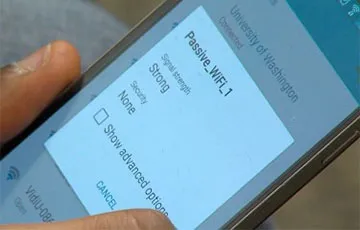
Tue, 02/23/2016 | UW Today
UW engineers achieve Wi-Fi at 10,000 times lower power
UW computer scientists and electrical engineers have generated "passive" Wi-Fi transmissions that use 10,000 times less power than current methods that drain the batteries on connected devices.
The new Passive Wi-Fi system also consumes 1,000 times less power than existing energy-efficient wireless communication platforms, such as Bluetooth Low Energy and Zigbee. A paper describing those results will be presented in March at the 13th USENIX Symposium on Networked Systems Design and Implementation.
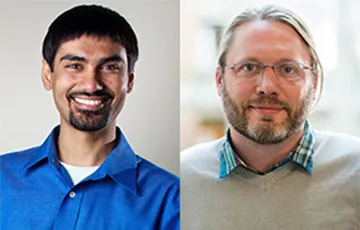
Thu, 02/18/2016 | UW Today
Three UW professors win Presidential Early Career Award for Scientists and Engineers
Two UW engineering professors have received the 2016 Presidential Early Career Award for Scientists and Engineers, the highest honor given by the U.S. government to early career scientists and engineers.
Shwetak Patel, a nationally recognized expert in sensor systems research who directs the UW’s UbiComp Lab, was cited for "inventing low-cost, easy-to-deploy sensor systems that leverage existing infrastructures to enable users to track household energy consumption and make the buildings we live in more responsive to our needs."
Luke Zettlemoyer's research explores the intersection of natural language processing, machine learning and decision making under uncertainty. In his nomination, he was cited for his "outstanding research accomplishments in computational semantics" that "have the potential to completely revolutionize how we retrieve information and interact with computers."
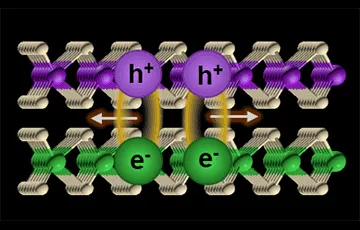
Fri, 02/12/2016 | UW Today
UW scientists create ultrathin semiconductor heterostructures for new technological applicationsA team led by Boeing Distinguished Associate Professor Xiaodong Xu successfully combined two different ultrathin semiconductors — each just one layer of atoms thick and roughly 100,000 times thinner than a human hair — to make a new two-dimensional heterostructure with potential uses in clean energy and optically-active electronics. The team announced its findings in a paper published Feb. 12 in the journal Science. "What we’re seeing here is distinct from heterostructures made of 3-D semiconductors," said Xu, who has a joint appointment in the Department of Physics. "We've created a system to study the special properties of these atomically thin layers and their potential to answer basic questions about physics and develop new electronic and photonic technologies."
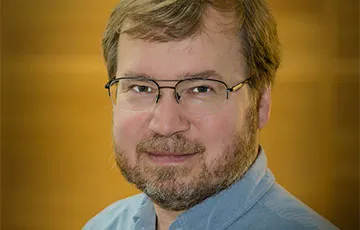
Mon, 02/08/2016 | UW Today
UW's Tom Anderson elected to National Academy of Engineering
Tom Anderson, a UW professor of computer science and engineering, has been elected to the National Academy of Engineering. The academy cited Anderson's "contributions to the design of resilient and efficient distributed computer systems." Anderson's research interests span all aspects of building practical, robust, and efficient computer systems — including distributed systems, operating systems, computer networks, multiprocessors, security and educational software.
Also elected are UW civil engineering alumnus Jon Magnusson and computer science alumnus Albert Greenberg.
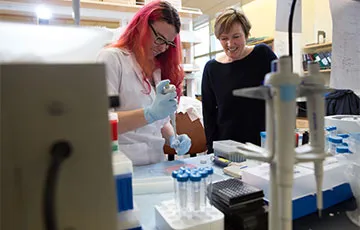
Fri, 02/05/2016 | UW Today
‘On-ramping’ paves the way for women scientists, engineers to return to academia
To widen the pool of women faculty in STEM, UW researchers and leaders have explored strategies to encourage women scientists and engineers with industry or government experience to transition into academia. Ten women who participated in the UW's On-Ramps into Academia workshops and made the leap were interviewed about the challenges and rewards and also the support that made it easier. Initial concerns included having spent more time developing products than publishing papers, not being able to discuss their work because of intellectual property concerns, or having been outnumbered by men when they were getting their doctorate degrees. Ultimately, though, the women found other dimensions of an academic career attractive enough to want to return.
Authors of a paper recently published in the Journal of Technology Transfer are Eve Riskin, a professor in EE and associate dean for diversity and access at the UW College of Engineering and UW iSchool Ph.D. student Katie O’Leary, ADVANCE director Joyce Yen, and professor of bioengineering Matt O’Donnell.
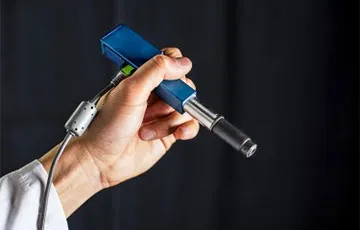
Mon, 01/25/2016 | UW Today
New handheld, pen-sized microscope could ID cancer cells in doctor’s offices and operating roomsME researchers are developing a handheld microscope to help differentiate healthy and cancerous cells in an office setting or operating room. "Being able to zoom and see at the cellular level during the surgery would really help them to accurately differentiate between tumor and normal tissues and improve patient outcomes," said ME Assistant Professor Jonathan Liu. The handheld microscope, roughly the size of a pen, combines technologies in a novel way to deliver high-quality images at faster speeds than existing devices. Researchers expect to begin testing it as a cancer-screening tool in clinical settings next year.
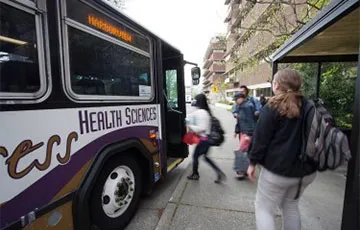
Wed, 01/20/2016 | UW Today
Bluetooth and Wi-Fi sensing from mobile devices may help improve bus serviceCEE researchers have developed an inexpensive system to sense Wi-Fi and Bluetooth signals from bus passengers' mobile devices and collect data to build better transit systems. They tested it on UW shuttle buses last spring. "Let's say you have a Husky game or Seahawks game and you want to know how much demand changes so you can offer the right level of bus service for this special event," said senior author Yinhai Wang, a UW professor of civil and environmental engineering and director of the Pacific Northwest Transportation Consortium, or PacTrans.
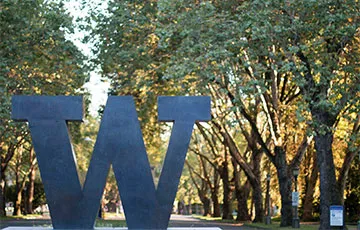
Tue, 01/19/2016 | UW Today
Twenty-seven UW faculty listed among ‘world’s most influential scientific minds’ by Thomson Reuters
Thomson Reuters has selected five Engineering faculty members for their list of elite, highly cited scientific researchers. The researchers were selected "based on their respective output of top-cited papers in their fields... the scientists who have won acclaim and approval within a key population: their peers."
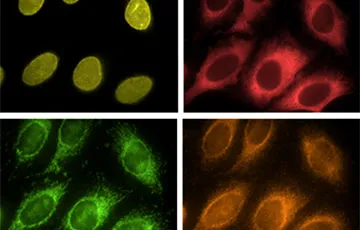
Fri, 01/15/2016 | UW Today
Stir no more: UW scientists show that draining speeds up bioassaysBioE researchers have shortened the wait time in detecting cellular proteins and DNA. Inspired by studies of fluid dynamics, Xiaohu Gao's team worked around the commonly used and sometimes days-long staining process in which detector molecules bind to their targets to produce a visible color change. Instead of waiting for detector molecules to drift through solution to a target at the bottom, Gao's team allowed detector molecules close to the surface to bind. Then they drained the solution from the plate, mixed it, put it back, and repeated this cycle dozens of times — which they call 'cyclic solution draining and replenishing' and resembles a washing machine's function.
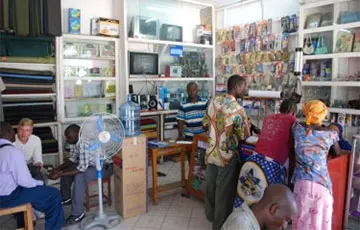
Tue, 01/12/2016 | UW Today
UW computer scientists to make financial products better and more available for the poorA new CSE research group is to improve financial products — such as money remittances and savings accounts — for the lowest-income people around the world. With a $1.7 million, two-year grant awarded by the Bill & Melinda Gates Foundation, the Digital Financial Services Research Group will be established to investigate and overcome technological barriers to widespread adoption of mobile financial services. "This technology can have tremendous impact — both for allowing people to send remittances from the city back to rural regions, and to establish savings accounts so people can have reserves so that an event like an accident or a pregnancy doesn’t send them over the edge," said Richard Anderson, professor of computer science and engineering.
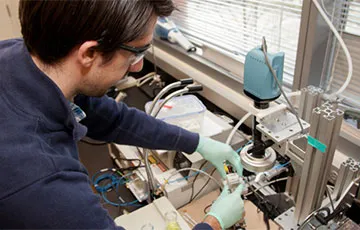
Mon, 01/11/2016 | UW Today
New master of applied bioengineering to prepare students for translational researchThe 1-year program will train students to apply engineering design and entrepreneurship skills to address unmet clinical needs and to transform biomedical research into technologies for improving health care. The degree will position graduates to respond to market-based demands of industry, medicine and translational research. "Our industry partners tell us they want graduates who have hands-on experience, and practice working in teams and solving real-world problems in a clinical environment," said Wendy Thomas, vice chair of academic affairs and associate professor of bioengineering. "Our graduates will also have practice working with all constraints of the business environment and the communication skills needed to facilitate a team of engineers, scientists, clinicians, business and venture capital investors."
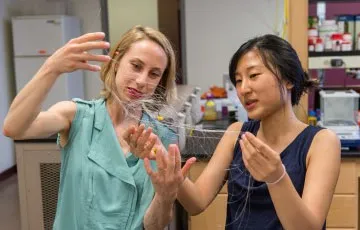
Mon, 01/11/2016 | UW Today
UW center receives $16M to work on first implantable device to reanimate paralyzed limbsImplantable devices that send signals between regions of the brain or nervous system have potential to improve or even restore mobility for people who have suffered a spinal cord injury or stroke. That’s the mission driving the Center for Sensorimotor Neural Engineering, a UW-led effort that includes researchers from MIT, San Diego State, and other partners. The goal is to achieve proof-of-concept demonstrations in humans within the next five years, Rao said. This will lay the groundwork for eventual clinical devices approved by the Food and Drug Administration, in collaboration with the center’s industry partners.
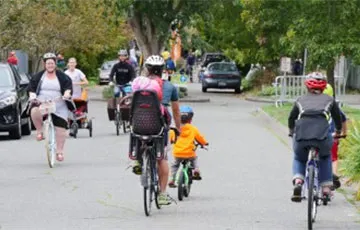
Mon, 01/11/2016 | UW Today
What motivates people to walk and bike? It varies by incomeStudy led by CEE's Cynthia Chen suggests that policies to promote biking and walking need to be tailored to different neighborhoods and different populations. Specifically, lower- and middle-income King County residents who live in denser neighborhoods — with stores, libraries and other destinations within easy reach — are more likely to walk or bike, according to new University of Washington research. But neighborhood density didn’t motivate higher-income residents to leave their cars at home, the transportation engineers found. Of the environmental factors they studied, the only one that significantly influenced how frequently that group walked or biked was how attractive they found their neighborhoods to be.